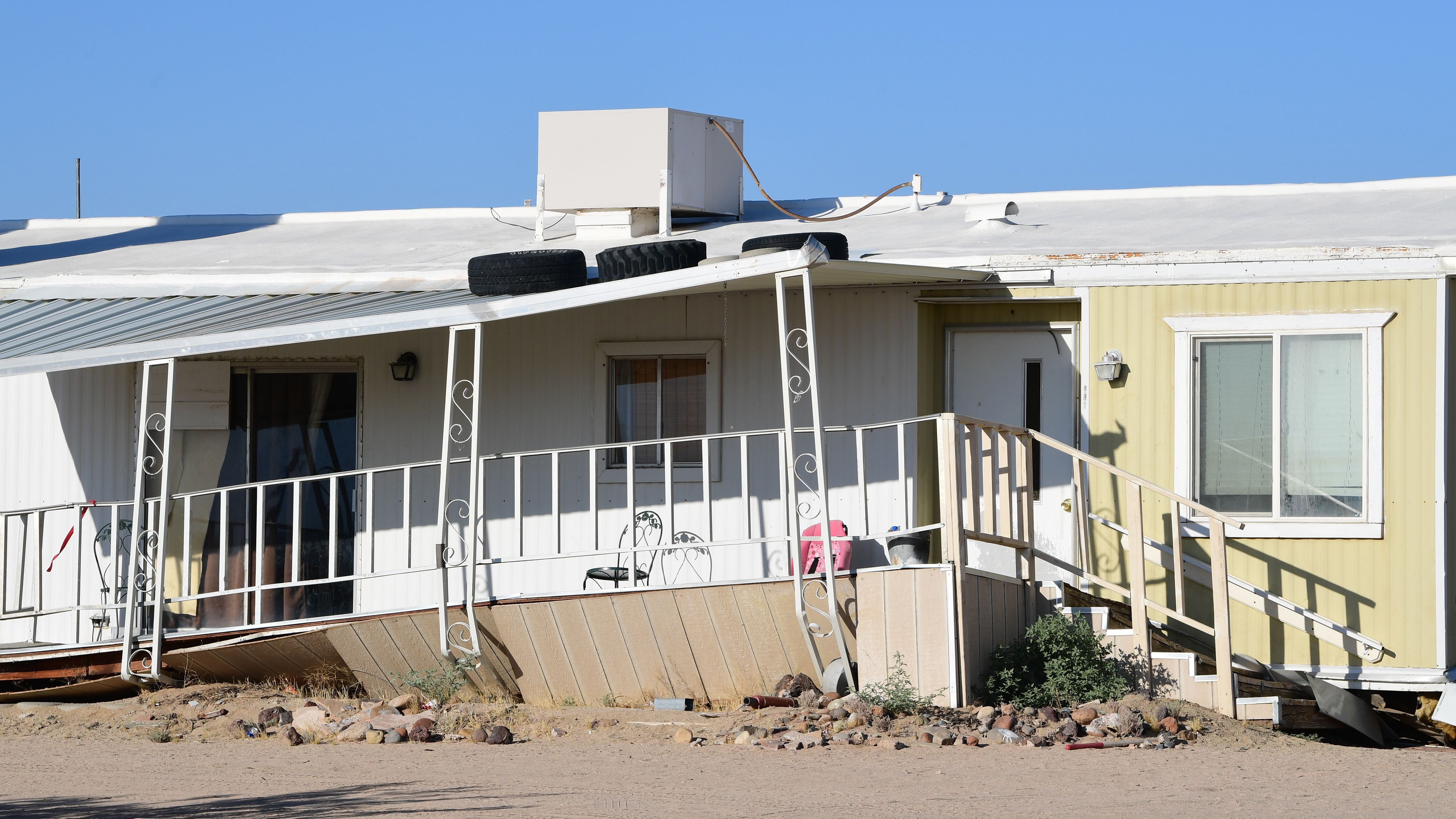More than half of all US buildings are under threat from natural disasters, study finds
About 1.5 million US buildings in hotspots of two or more natural disasters, finds study

Your support helps us to tell the story
From reproductive rights to climate change to Big Tech, The Independent is on the ground when the story is developing. Whether it's investigating the financials of Elon Musk's pro-Trump PAC or producing our latest documentary, 'The A Word', which shines a light on the American women fighting for reproductive rights, we know how important it is to parse out the facts from the messaging.
At such a critical moment in US history, we need reporters on the ground. Your donation allows us to keep sending journalists to speak to both sides of the story.
The Independent is trusted by Americans across the entire political spectrum. And unlike many other quality news outlets, we choose not to lock Americans out of our reporting and analysis with paywalls. We believe quality journalism should be available to everyone, paid for by those who can afford it.
Your support makes all the difference.More than half of all US buildings are under threat from potentially devastating natural hazards like floods, tornadoes and wildfires, according to a new study that may lead to better mitigation measures to prevent the loss of life and infrastructure in the future.
Scientists, including Virginia Iglesias from the University of Colorado Boulder in the US, say 57 per cent of the structures in the contiguous US are in natural hazard hotspots that make up only about a third of the total land in the country.
According to the findings, published in the journal Earth’s Future, global warming and other environmental changes are contributing to this trend, along with the way humans develop open land, towns, and cities.
In the study, the scientists built maps of earthquake, flood, hurricane, tornado and wildfire hazards and compared them to a special dataset of historical land-use derived from online real estate company Zillow’s housing and property database.
They identified natural disaster “hotspots” by mapping where the probability or magnitude of an individual hazard event fell in the top 10 percent.
Despite a national slowdown in development over the last decade, the study found that the number of structures in natural hazard hotspots is still increasing, with about 1.5 million buildings in hotspots of two or more such disasters.
“This study fills a gap by exploring changes in hazard exposure across the country, at fine resolution, for multiple hazards, and over long periods,” Iglesias said.
While in some of the noted hotspots, people have built protections like levees and flood walls, the scientists say it is still unclear to what extent these infrastructures can protect properties from hazardous events in the future.
On assessing regional development patterns in hurricane and earthquake hotspots, they found that main risk factors were people were adding buildings, homes, and other structures to already developed areas in cities and suburbs.
In wildfire, flood, and tornado hotspots, the study says the expansion of new buildings in rural areas and wild lands mainly increased risk of damage.
“Since development patterns drive exposure and loss, more detailed mapping can improve national-scale risk assessments,” Iglesias added.
The scientists believe local decision makers could use the study’s new methods to improve risk assessments and better understand the socio-economic variables that might increase the risk exposure of neighbourhoods or communities to natural disasters.
“There’s evidence that natural disasters exacerbate socioeconomic inequality. If we want to make decisions that effectively increase the ability of communities to cope with natural hazards, we need to know where vulnerable populations live, and the specific hazards they’re exposed to,” Iglesias said.
Join our commenting forum
Join thought-provoking conversations, follow other Independent readers and see their replies
Comments